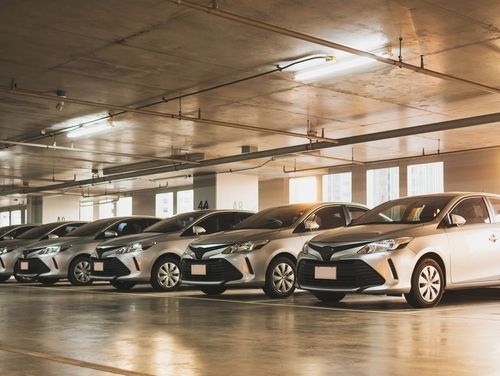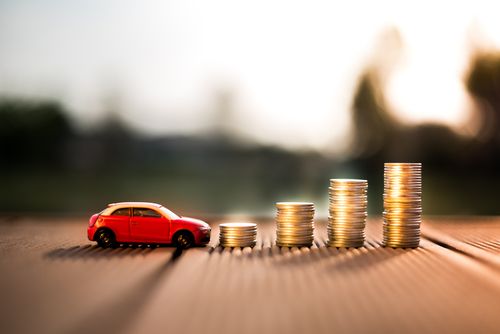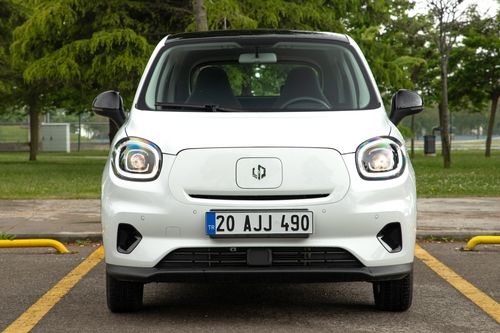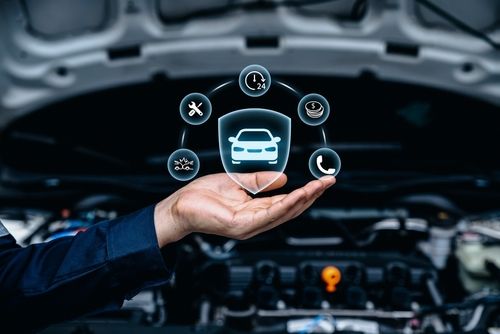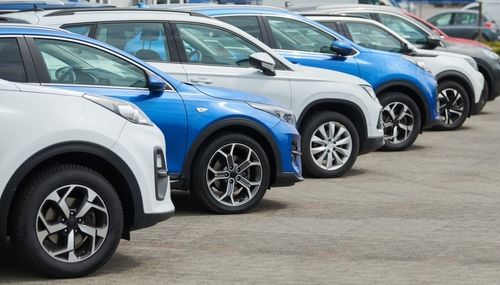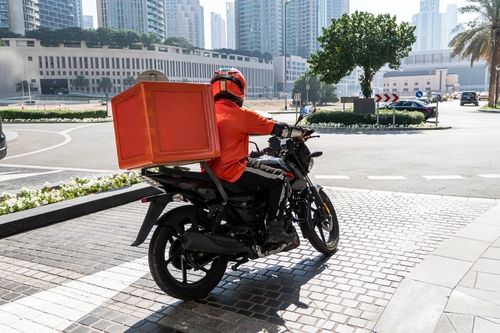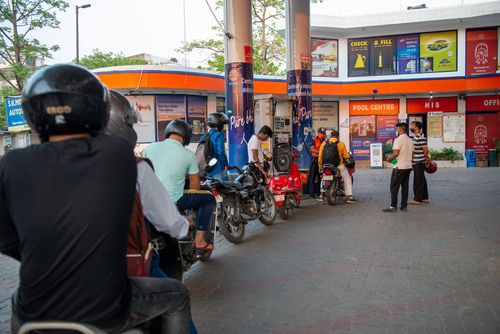Manual vs Automatic Car Insurance: Which One Costs More?
Written by Upstox Desk
Published on July 21, 2025 | 4 min read
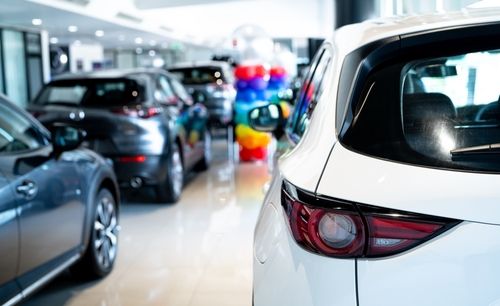
Instagram is full of reels comparing manual and automatic cars. Some of them are informative, and some are too hilarious. From calling names to questioning the ‘masculinity’ of automatic car drivers, these reels are extremely funny. Manual cars are also trolled, citing ‘constant ankle pain’ and ‘budget-friendly’.
Irrespective of all the trolls and fun, selecting your car’s transmission boils down to personal choice and preferences. Each transmission has its own set of pros and cons, and there is no one-size-fits-all criterion. Automatic options are generally more expensive than their manual counterparts. The mechanisms (such as the gearbox and clutch) of the two variants are also distinct. This is why people often wonder if the motor insurance for these cars would be similar or different.
Let us understand everything about manual and automatic car insurance.
Manual vs Automatic: Key Differences
Before we go any further, let us understand the key differences between the two car variants:
| Feature | Manual | Automatic |
|---|---|---|
| Cost | Cheaper than Automatic | Higher than Manuals |
| Technology | Simpler mechanical gear system | Complex system (e.g., CVT, torque converters) |
| Ease of Driving | Requires clutch control, not ideal in traffic | Easier to drive in urban and stop-and-go conditions |
| Maintenance Cost | Lower repair and maintenance expenses | Costlier repairs due to complex components |
| Insurance Impact | Lower IDV and lower repair risk result in lower premiums | Higher IDV and risk perception result in higher premiums |
How Transmission Type Affects Insurance Premiums
As underlined before, the cost of motor insurance for automatic cars shall be slightly more than that of manual ones. This is how the transmission influences the insurance premiums:
Vehicle Cost and IDV (Insured Declared Value)
Automatic cars usually cost more than manual ones. This higher market value directly increases the IDV of the car, which is the amount an insurer promises to pay in case of total loss or theft. This leads to higher premiums.
Repair and Replacement Expenses
Automatics come with advanced transmission systems, more expensive to repair or replace. For example, fixing or replacing an automatic gearbox can cost twice or more than a manual gearbox. This leads to higher premiums.
Risk Perception and Driving Behaviour
Automatic cars are often bought for convenience, especially by new or less experienced drivers. This demographic is statistically more likely to be involved in minor accidents or mishaps. This leads to higher premiums.
Claim Frequency and Maintenance Reliability
Manual cars are simpler and more reliable mechanically. Fewer breakdowns and lower repair needs often translate into fewer claims. This leads to lower premiums.
Is the Premium Difference Significant?
There are multiple reasons why owners of automatic vehicles need to pay a higher motor insurance premium. However, the difference is not too great. For budget-friendly hatchbacks, the premium gap between manual and automatic versions might be just a few hundred rupees annually.
For sedans, SUVs, and other premium cars, an automatic transmission might come with advanced systems, thereby increasing the total cost of the vehicle. In such cases, the premium amount can be significantly higher (up to a few thousand rupees).
However, it is important to understand that transmission alone does not play a decisive role in fixing the premium. It depends on various other factors such as the car model, engine size, location, driving history, and insurer policies.
Tips to Reduce Insurance Premium
Let us consider a few tips that will help you reduce the insurance premium, irrespective of the transmission type of your vehicle:
Summing up
The decision to choose between a manual and an automatic car depends on your preferences. Both transmissions have their sets of pros and cons. However, if you are a cost-conscious customer, you should also know that the decision will affect your premium amount. Automatic transmission vehicles are slightly more expensive than manual transmission vehicles. Hence, the motor insurance premium payable can be marginally higher. You should consider different tips to reduce your insurance premium, such as driving safely and installing anti-theft devices.
FAQs
Does an automatic car always have a higher insurance premium?
Not always, but it's usually higher due to higher cost and repair expenses.
Why do insurers consider transmission type while calculating premiums?
It affects the car’s value, repair cost, and risk perception.
Can I reduce premium costs for my automatic car?
Yes, you can use safety features, increase deductibles, and maintain a claim-free record.
Is the premium difference huge between manual and automatic cars?
For most cars, the difference is modest, more significant in higher-end models.
What else impacts my car insurance premium?
Location, car model, age, IDV, claim history, and add-ons.
About Author
Upstox Desk
Upstox Desk
Team of expert writers dedicated to providing insightful and comprehensive coverage on stock markets, economic trends, commodities, business developments, and personal finance. With a passion for delivering valuable information, the team strives to keep readers informed about the latest trends and developments in the financial world.
Read more from UpstoxUpstox is a leading Indian financial services company that offers online trading and investment services in stocks, commodities, currencies, mutual funds, and more. Founded in 2009 and headquartered in Mumbai, Upstox is backed by prominent investors including Ratan Tata, Tiger Global, and Kalaari Capital. It operates under RKSV Securities and is registered with SEBI, NSE, BSE, and other regulatory bodies, ensuring secure and compliant trading experiences.


















